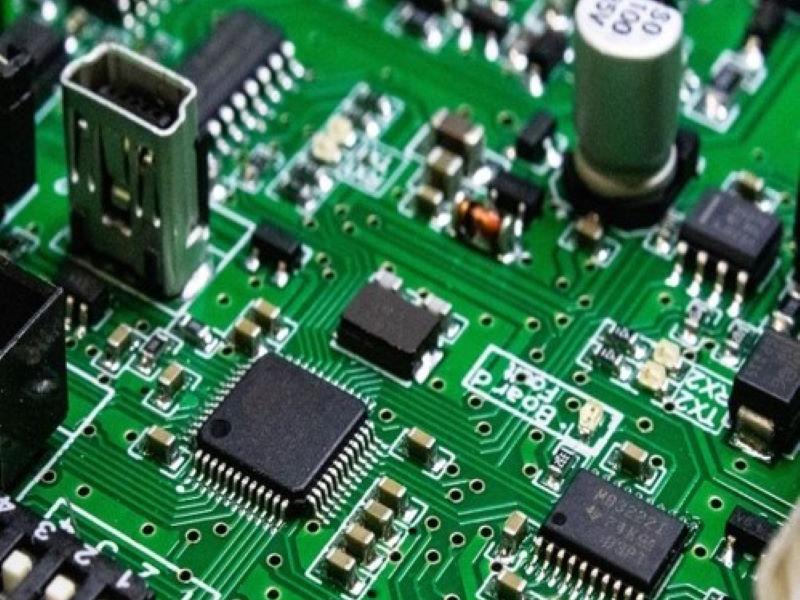Issue: As more ‘behind the meter’ solar comes online, the grid’s stability and security are at risk.
When more and more solar energy is added behind the meter (i.e., at the consumer’s premises), it can significantly impact the grid stability of an electricity network. Let’s delve into the effects and potential solutions.
Behind-the-meter renewables: The power system faces many complex challenges due to an increased amount of “invisible” renewable energy penetration, primarily from behind-the-meter solar. All this newly added solar results in a limited daytime load. As the load decreases and the added volatility of solar increases, the network struggles to cope and keep the base load stable.
Although the large majority of these solar installations are small residential scale (<10 kW), more and more commercial (up to 300 KW+) and sub 5 MW microgrid solar systems are planned as behind-the-meter installations.
Background: The proliferation of behind-the-meter solar panels presents a unique dilemma for our fragile power system. This issue might seem insignificant, but NZ has a fragile network in its expansive rural landscape with little or no interconnectivity to export to a larger network infrastructure. Even where better interconnectivity exists, the falling daytime load and the solar variability cause significant power demand fluctuations in networks.
Effects on Grid Stability:
• Voltage Fluctuations: Solar panels generate direct current (DC), which needs to be converted to alternating current (AC) for grid integration. This conversion can cause voltage fluctuations.
• Intermittency: Solar power output varies with weather conditions (cloud cover, time of day, etc.). This intermittency can lead to sudden changes in grid load.
• Reverse Power Flow: When solar panels produce excess energy, it flows back into the grid. Managing this reverse power flow is crucial.
• Frequency Instability: Rapid changes in solar generation can affect grid frequency.
Mitigation Strategies:
• Advanced Grid Management Systems: Implement smart grid technologies that monitor and control grid parameters in real-time. These systems can adjust voltage, manage power flow, and enhance stability.
• Energy Storage: Deploy battery storage systems to store excess solar energy during sunny periods and release it during cloudy hours. This helps balance supply and demand.
• Demand Response: Encourage consumers to adjust their electricity usage based on grid conditions. For example, shifting energy-intensive tasks to off-peak hours.
• Grid Upgrades: Strengthen transmission and distribution infrastructure to handle increased solar capacity.
The Solution: The implementation of smart grid technologies - Distributed
Energy Resource Management System (DERMS) is by far the most effective and cost-effective solution.
ComAp has developed a key functional control component of a Distributed Energy Resource Management System (DERMS) solution. The ComAp solution provides real-time onsite information to manage the power system better. It gives utilities full control and visibility of this previously invisible negative load coming from behind-the-meter solar systems.
It then allows Lines companies to control onsite renewables prior to the power becoming unsecure dynamically.
Benefits: This solution brings significant benefits to customers who previously had their PV export always limited to zero. These systems can now be permitted to export into the grid when conditions allow and only curtailed when needed. In many cases, this allows customers to negotiate a feed-in tariff with their electricity retailer and access additional previously unavailable financial benefits.
Control Architecture: The control architecture that ComAp has implemented is based on real-time local control with remote management and tuning of key parameters. This solution combines high-speed, high-availability control loops with simple and reliable remote management.
Key Control Functions: Some of the key control functions implemented include closed-loop (PID) control of the site import/export target by monitoring the real power import through the site mains incomer and dynamically adjusting the solar inverter's real power limit to maintain this limit.
Additional Control Functions:
• Dynamic adjustment (P-f droop) of the site import/export PID target based on real-time frequency measurement at the site’s mains incomer. Two stages of droop response are implemented – a regulation band where bandwidth and nominal slope can be set and a steeper contingency band for excursions beyond the regulation band.
• Closed loop (PID) voltage control of the site mains incomer voltage by monitoring the site mains incomer voltage and dynamically adjusting the solar inverter reactive power setpoint to maintain the target voltage.
• Dynamic control of the rate-of-change at which the renewable generation is ramped. This includes both within a particular control function and on any remote setpoint change/update and through any control mode transition such as loss of comms fallback, function enable/disable, etc. These ramp rate limits apply to both real and reactive power setpoints, ensuring that operational stability is always maintained.
• End-to-end heartbeat monitoring between 3rd party services via ComAp WebSupervisor REST API to individual generation units, with failsafe fallback behaviour implemented at each level.
Monitoring Dashboard on ComAp’s WebSupervisor cloud-based SCADA.
Conclusion: All of this functionality will allow for improved system stability and security, improved performance of customers' solar assets, increased hosting capacity, and overall higher renewable energy contribution, contributing to achieving the government’s renewable energy targets.
omAp has developed a project checklist for Lines Companies to quickly provide all required technical data in a common format as well as a standardised programming and commissioning environment. These optimisations allow for simple and rapid deployment of a standardised but flexible edge control solution.







